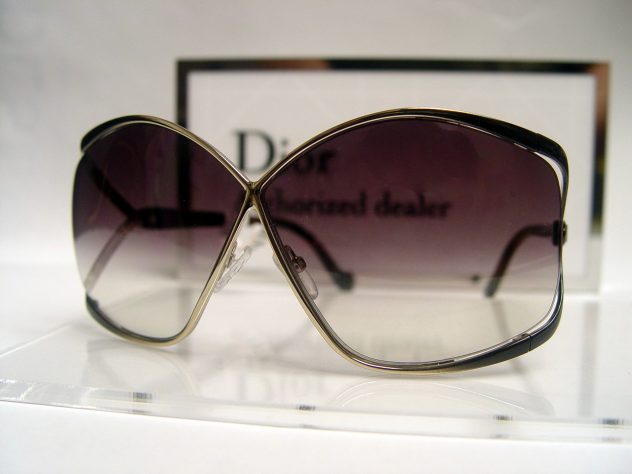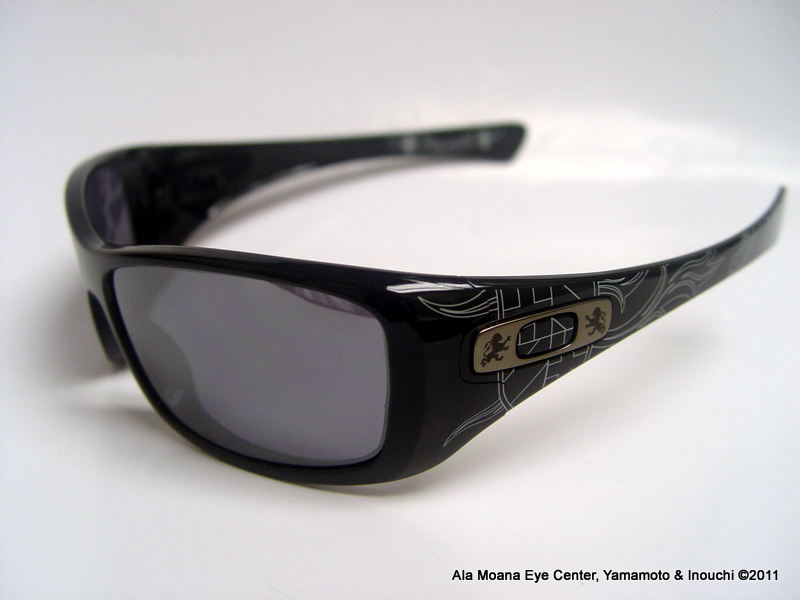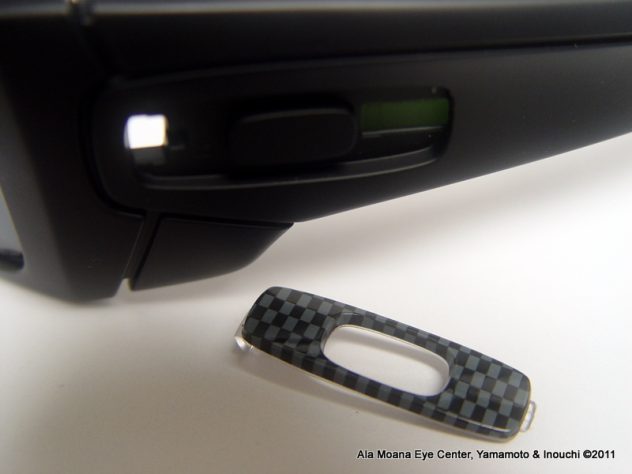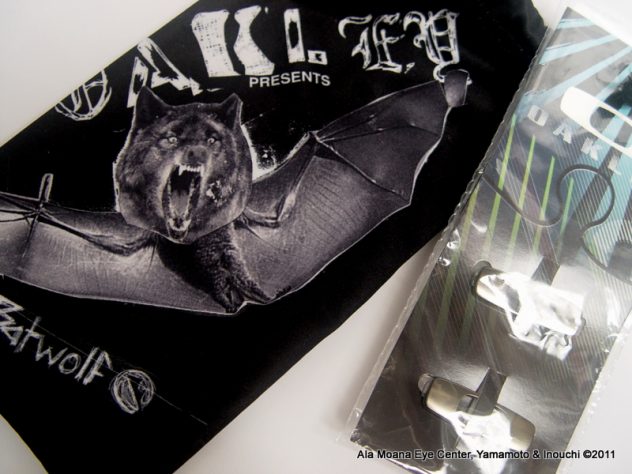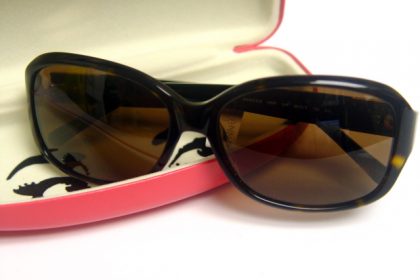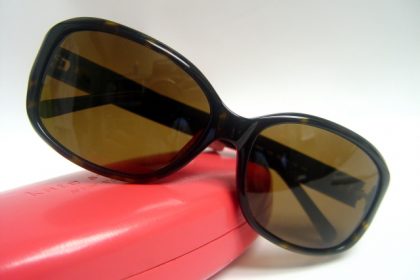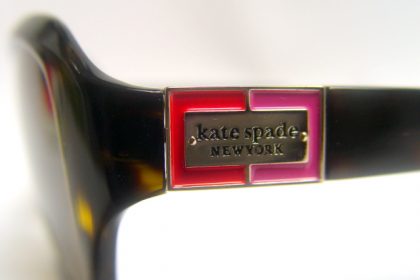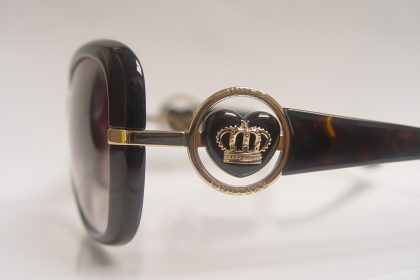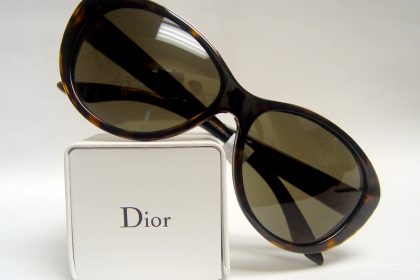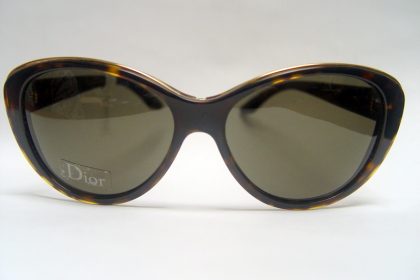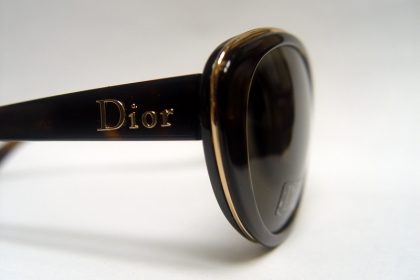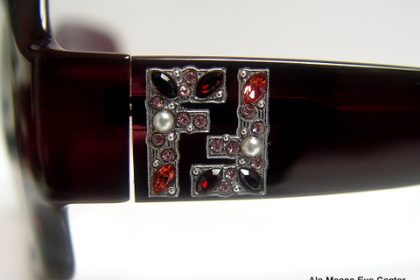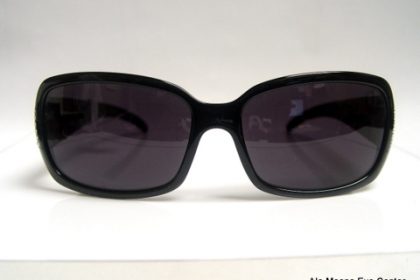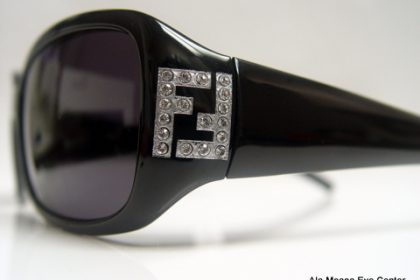As Americans are planning spring and summer vacations, many may be contemplating buying a new pair of stylish sunglasses. The American Optometric Association (AOA) reminds consumers to also be sure their favorite sunglasses provide quality protection from the harmful effects of ultraviolet (UV) rays.
According to the AOA’s 2015 American Eye-Q® survey, 47 percent of consumers do not check the UV protection level before purchasing sunglasses. Overexposure to UV rays can cause eye and vision problems-and that’s no way to remember a fun day of outdoor adventures.
Your checklist for sunglasses
To be sure your sunglasses will adequately protect your eyes, follow these tips from the AOA, which can also be found in the AOA’s Sunglasses Shopping Guide.
- Be sure your sunglasses block out 99 to 100 percent of both UV-A and UV-B rays. While some contact lenses also offer UV protection, these should be worn with sunglasses to maximize protection.
- Your sunglasses should screen out 75 to 90 percent of visible light.
- The frame of your sunglasses needs to fit close to your eyes and contour to the shape of your face. This prevents exposure to UV rays from all sides, even from behind.
- Pick lenses that are perfectly matched in color and are free of distortion and imperfection.Lenses should also have a uniform tint, not darker in one area from another. The AOA suggests a gray tint, which is particularly helpful when driving as it offers the best color recognition.
Short- and long-term effects of UV exposure
If the eyes are unprotected and exposed to excessive amounts of UV radiation over a short period of time, even just a few hours, individuals may experience an effect called photokeratitis, known as a “sunburn of the eye.”
“Photokeratitis may be painful and include symptoms such as red eyes, a foreign-body sensation or gritty feeling in the eyes, extreme sensitivity to light and excessive tearing,” said Karl Citek, O.D., Ph.D., chair of the AOA Commission on Ophthalmic Standards. “Fortunately, this is usually temporary and rarely causes permanent damage to the eyes.”
Long-term overexposure to UV radiation over the course of one’s life can cause more serious problems, such as damage to the eye, which can result in cataracts, age-related macular degeneration, pterygium (an abnormal growth of the white of the eye onto the cornea, or clear window at the front of the eye) and cancer of the eyelids, skin around the eye and even the eye itself.
Don’t forget about kids’ eyes
Parents need to be sure their children have appropriate eye protection. Unlike the lens found in an adult eye, which is more mature, a child’s lens cannot filter out UV rays as easily, possibly causing damage to the retina.
“UV protection is important for people of all ages, but children’s eyes are more vulnerable since they are more transparent than an adult’s eyes,” said Dr. Citek. “When children go to play outside, they are excited and may not remember to put on sunglasses. Parents can help get their kids in the habit of wearing their sunglasses, which will help instill good eye care practices for life.”
To be sure your sunglasses will properly protect your eyes from UV radiation, your best resource is your optometrist, who will also help ensure your eyes are heathy through yearly, comprehensive eye exams. To find an eye doctor near you, visit aoa.org.



